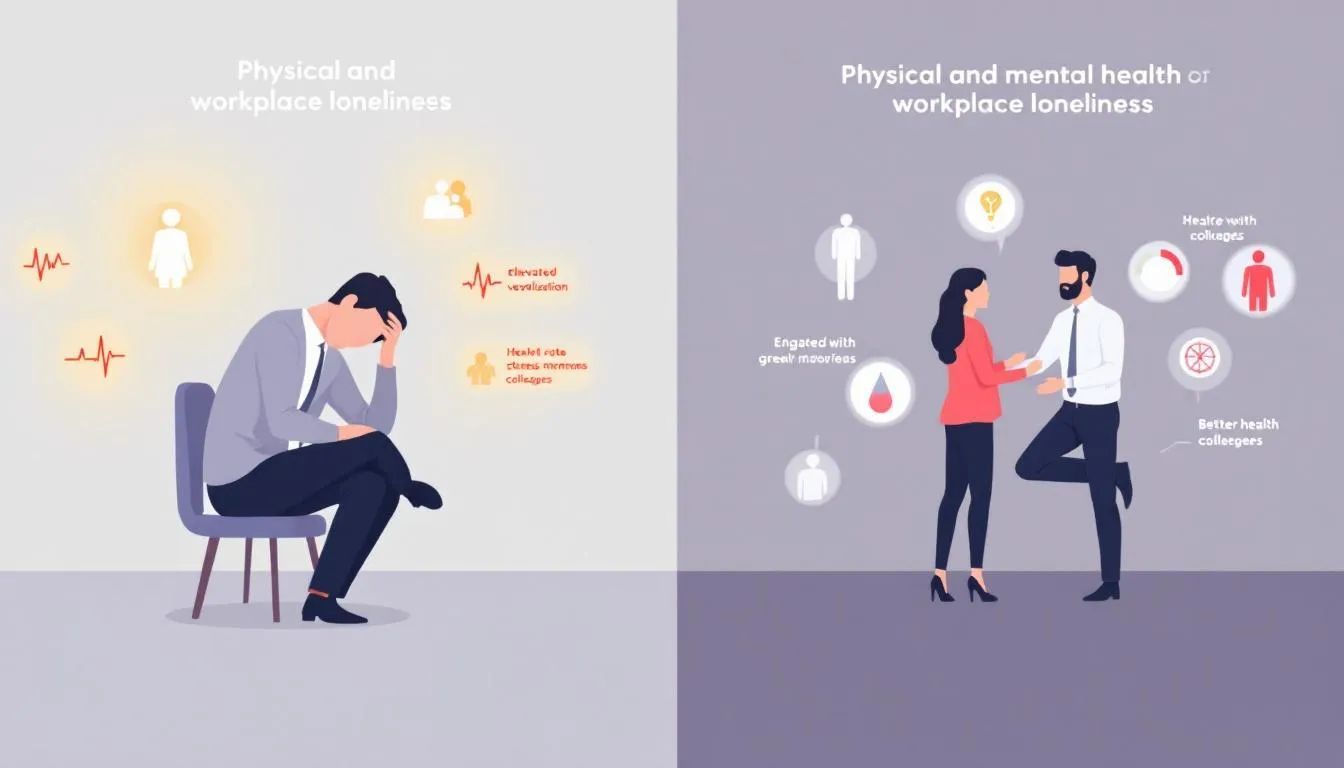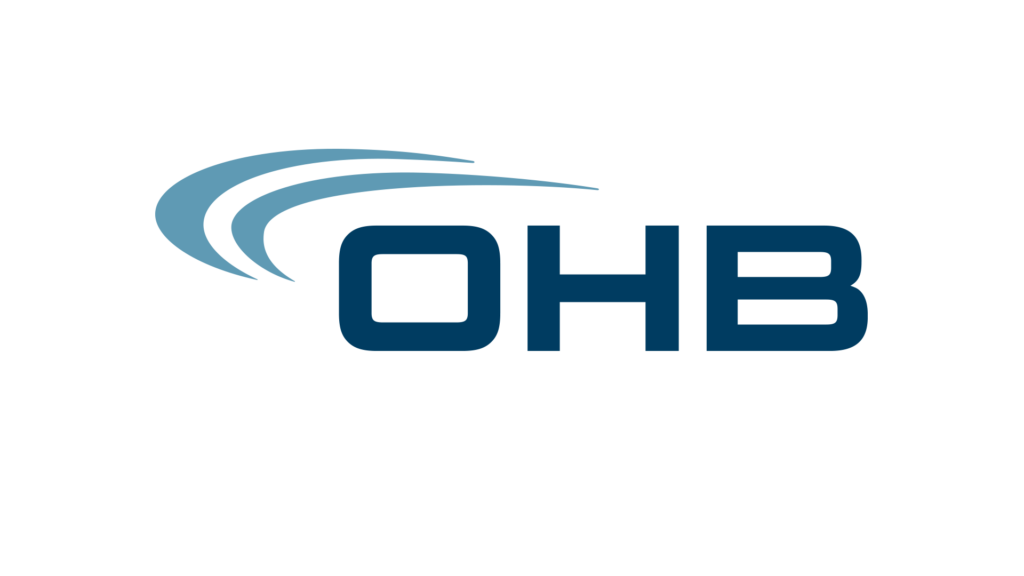Workplace loneliness is quietly becoming one of the most pressing issues facing modern organizations, especially as hybrid and remote work reshape how teams interact. If you’re searching for solutions on how to combat loneliness in the workplace, you’re not alone—leaders and employees alike are feeling the disconnect. The good news: with new approaches and technology, it’s possible to turn this challenge into an opportunity for stronger, more authentic connections. In this guide, discover why traditional initiatives often miss the mark, the hidden costs of ignoring loneliness, and how forward-thinking platforms like Neroia are revolutionizing workplace culture with AI-powered, personalized social experiences.
Why Workplace Loneliness Is Rising
From Bowling Alone to Zoom Fatigue: Societal Shifts Driving Disconnection
The rise in workplace loneliness didn’t begin with remote work or the pandemic. Back in 2000, the book _Bowling Alone_ highlighted how community bonds were fraying as people spent less time in clubs, churches, and neighborhood gatherings. Fast forward to the digital era, and technology has amplified both connection and isolation. Social media offers endless ways to interact, but often leaves people feeling less fulfilled.
Hybrid and remote work, while offering flexibility, can create “Zoom fatigue” and fewer chances for spontaneous chats. Even in the office, open-plan spaces meant to foster collaboration sometimes backfire—people pop on headphones to block out noise, missing out on genuine interaction. These shifts mean that knowing how to combat loneliness in the workplace is more important than ever.
“Just skipping to in-person and hoping that somehow people re-bond is wrong. A forced return to the office with tremendous employee resistance can create that alienation that will increase loneliness.”
— Constance Hadley, Organizational Psychologist, Boston University
Key Statistics That Show the Trend Isn’t New
Workplace loneliness has been quietly growing for years. According to Cigna’s Loneliness Index, 61% of adults reported feeling lonely in 2019, up 7% from the previous year. Among Gen Z, more than 80% felt lonely pre-pandemic. The U.S. Surgeon General’s 2023 advisory called loneliness a “significant public health challenge,” with almost half of Americans reporting three or fewer close friends—a sharp decline from the 1990s.
The table below summarizes key data points:
These numbers make it clear: knowing how to combat loneliness in the workplace is not just a post-pandemic issue, but a long-term trend demanding fresh solutions.
The Hidden Costs: Health, Engagement and Retention

Physical and Mental Health Impacts
Loneliness isn’t just a feeling—it has real health consequences. Research shows chronic loneliness can raise cortisol levels, weaken the immune system, and increase the risk of heart disease. The U.S. Surgeon General equates the health impact of workplace loneliness to smoking 15 cigarettes a day. Employees who feel isolated are also at much higher risk for anxiety and depression.
“Loneliness is perhaps the biggest preventable risk factor for depression, addiction, and suicide, adding immeasurable human suffering to the economic burden of additional medical costs, missed work time, and reduced productivity. When employers reduce disconnection and loneliness in the workplace, everyone wins.”
— Dr. Jeremy Nobel, Harvard Medical School
Productivity, Absenteeism and Turnover
The cost to organizations is staggering. Lonely employees are up to five times more likely to miss work due to stress and twice as likely to consider quitting. According to industry estimates, stress-related absenteeism linked to loneliness costs U.S. employers $154 billion annually. The ripple effects include lower creativity, reduced engagement, and higher turnover—making how to combat loneliness in the workplace not just a wellness issue, but a business imperative.
Spotting the Signs of Lonely Employees Early
Behavioral Red Flags Managers Often Miss
Loneliness at work isn’t always obvious. Some employees may become quieter in meetings, avoid casual conversations, or show less enthusiasm for team projects. Others might mask their feelings, attributing dissatisfaction to the company or their role rather than a lack of connection.
Common warning signs include:
- Withdrawal from team activities or social events
- Reluctance to speak up or share ideas
- Drop in performance or engagement
- Increased absenteeism or tardiness
Managers who know how to combat loneliness in the workplace are trained to spot these subtle cues and start supportive conversations early.
Self-Assessment Tools Employees Can Use
Empowering employees to self-reflect is equally important. Simple self-assessment tools can help individuals gauge their sense of belonging and connection at work. Questions might include:
- Do I feel comfortable reaching out to colleagues with questions?
- When was the last time I had a meaningful conversation with a coworker?
- Do I feel part of my team’s successes?
Many organizations now offer digital check-ins or well-being surveys, making it easier for employees to voice concerns and for leaders to respond proactively.
Culture First: Building Everyday Social Connection
Embedding Belonging in Values and Policies
A company’s culture sets the tone for connection. Organizations that embed belonging into their values and policies—such as recognizing collaboration in performance reviews or encouraging leaders to share personal stories—signal that relationships matter. It’s not enough to post a mission statement; daily habits and rituals must reinforce that everyone is valued.
For example, leaders might open meetings with a quick round of personal updates or gratitude, making space for genuine connection. Companies that prioritize how to combat loneliness in the workplace weave belonging into everything from onboarding to recognition programs.
Designing Spaces—Physical and Digital—for Real Interaction
Physical and digital environments shape how people connect. In the office, cozy nooks or dedicated social areas invite small-group chats, while endless rows of hot desks can make people feel anonymous. Digitally, platforms that support informal conversations—like interest-based chat channels or virtual lounges—help bridge the gap for hybrid and remote teams.
Traditional company-organized events, like large parties or all-hands Zoom calls, often fail to foster real connection. Instead, small-group activities tailored to shared interests create space for authentic bonds. This is where AI-driven platforms like Neroia shine, enabling employees to effortlessly discover micro-events—such as yoga sessions or cultural outings—that fit their schedules and personalities.
Manager Playbook: 8 Tactics to Foster Belonging
How to Combat Loneliness in the Workplace During One-on-Ones
Managers play a pivotal role. Intentional one-on-one conversations go beyond status updates and focus on the whole person. Here’s an ordered list of tactics managers can use:
- Start with open-ended questions about well-being, not just work.
- Share personal stories to encourage vulnerability.
- Ask about recent positive interactions and challenges.
- Identify opportunities for the employee to connect with others.
- Encourage participation in small-group activities or interest clubs.
- Recognize and celebrate contributions to team culture.
- Offer flexibility for social breaks or informal meetups.
- Follow up regularly to show ongoing support.
These steps help managers address how to combat loneliness in the workplace at the individual level, creating a ripple effect across the team.
Recognition, Rituals and Team Norms That Stick
Beyond one-on-ones, team-wide rituals and recognition systems reinforce belonging. High-impact practices include:
- Peer-to-peer shoutouts or gratitude notes
- Regular “coffee chats” or walking meetings
- Celebrating milestones together, big or small
Teams that establish clear norms for inclusion—such as rotating meeting facilitators or ensuring everyone’s voice is heard—create a culture where loneliness has little room to grow.
Remote and Hybrid Realities: Keeping Distributed Teams Connected

Asynchronous Communication Done Right
Hybrid and remote work are here to stay, making it crucial to design communication that supports connection across time zones and schedules. Effective asynchronous tools—like shared project boards, video updates, or digital “watercooler” threads—allow everyone to participate without pressure.
However, simply providing tools isn’t enough. The key to how to combat loneliness in the workplace for distributed teams is to foster small, meaningful interactions that go beyond work tasks. AI-powered platforms like Neroia lead the way by recommending micro-events that fit each employee’s preferences, whether it’s a lunchtime yoga session, a cycling meetup, or a themed cultural exchange.
Virtual Social Events That Don’t Feel Forced
Many virtual events feel awkward or impersonal, especially when participation is mandatory or group sizes are too large. The future lies in personalized, opt-in experiences. For example, Neroia’s AI orchestrates small-group virtual meetups, matching employees based on interests and availability. These micro-events—piloted successfully with yoga sessions and company runs—spark authentic conversation and camaraderie, making remote work feel less isolating.
“Employees spend more of their waking hours at work than just about anywhere else. Creating community and opportunities for social interactions at work, even for those who work remotely, can help address our current epidemic of loneliness.”
— Dr. Jeffrey Levin-Scherz, Harvard Medical School
Measuring Progress and Keeping Momentum
Surveys, KPIs and Storytelling
Combating loneliness is an ongoing process, not a one-time fix. Leading organizations track progress through regular well-being surveys, key performance indicators (KPIs) such as participation in social activities, and qualitative feedback. Sharing stories of connection—like a team’s experience with a Neroia-led micro-event—helps reinforce the value of these initiatives.
A sample set of KPIs might include:
- Number of employees participating in micro-events
- Frequency of peer recognition moments
- Self-reported sense of belonging scores
Continuous Improvement Loops for Connection
Feedback loops are essential. Organizations that succeed in how to combat loneliness in the workplace regularly review data, solicit input from employees, and adapt their approach. Platforms like Neroia support this with anonymized analytics, allowing HR to identify trends while protecting individual privacy. By integrating with existing programs and external resources, Neroia ensures that connection initiatives stay relevant and effective as teams grow and change.
Why Traditional Approaches Fall Short—and How Neroia Transforms Connection
Many company-organized initiatives, such as large-scale social events or generic wellness programs, struggle to address the real roots of loneliness—especially in hybrid environments. These efforts often feel impersonal, are poorly attended, or fail to bridge silos between departments. Employees crave authentic, informal interactions that reflect their personalities, not one-size-fits-all activities.
Neroia’s vision is to revolutionize how to combat loneliness in the workplace by leveraging AI to foster organic, micro-scale connections. Its platform recommends small-group activities—like yoga, cycling, or cultural outings—based on individual interests and real-time availability. By minimizing planning friction and focusing on groups of three to four participants, Neroia creates the perfect conditions for genuine relationships to form.
During pilot programs, such as at OHB, Neroia’s AI seamlessly coordinated company runs and yoga sessions, using anonymized data to suggest matches while maintaining privacy. Employees could effortlessly discover new colleagues with shared interests, breaking down silos and building a vibrant, engaged culture.
This approach aligns perfectly with 2025 workplace trends, which prioritize well-being, small-group engagement, and flexible, employee-centric experiences. By replacing disconnected programs with personalized, AI-tailored interactions, Neroia supports not just social connection, but also better retention, productivity, and overall well-being.
Conclusion: The Future of Workplace Connection
Loneliness at work is a complex, deeply human challenge—but it’s not unsolvable. By understanding why traditional approaches fall short and embracing innovative, AI-driven solutions like Neroia, organizations can create environments where everyone feels seen, supported, and truly connected. The journey to mastering how to combat loneliness in the workplace starts with small, intentional steps—curated micro-events, manager support, and a culture that values belonging above all.
For companies ready to break silos and build a thriving, engaged workforce, Neroia offers the most flexible, privacy-first platform to effortlessly foster authentic connections—today and for the future.




